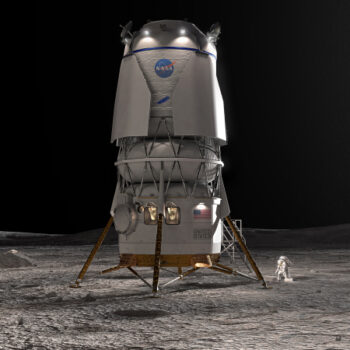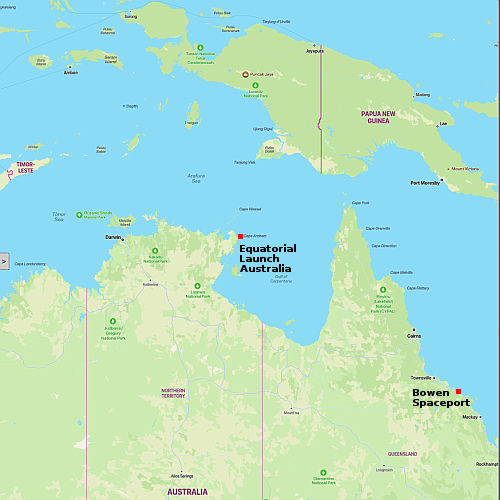Another United airplane makes an emergency landing

United Airlines: Run by bigoted clowns
As more proof that the United Airlines policies for hiring and promotion — focused solely on skin color, ethnicity, and sex more than talent, knowledge, and skills — is making flying on that airline downright dangerous, another United flight today had to make an emergency landing when immediately after take-off fluid began pouring from the plane.
Just 10 seconds after flight 830 from Sydney to San Francisco took the air, video by plane spotter New York Aviation got clear images of fluid spewing from the plane — it looks like it was coming from the rear right landing gear.
The crew of the Boeing 777-300 jet continued over the ocean for a while before turning around. Video from a passenger shows the crew dumping fuel before landing. The plane landed safely back at the airport in Sydney, with no injuries, but a lot of questions.
This was the fifth such incident of a United flight in just over a week, including four emergency landings and a failure after landing.
Though this was a Boeing jet, the fault here lies entirely with United, its pilots, and its maintenance department. Though pilots should be able to rely on their maintenance departments to keep the plane airworthy, they are also supposed to check their airplanes carefully before take-off. That neither the pilots of this plane or the maintenance staff detected anything before take-off suggests that no one is really doing their job right.
No matter. United is determined to make sure that half its employees are blacks or minorities or women, no matter how little those new hires know about maintaining an airplane. So what if planes fall from the sky and people die? United will have achieved diversity, equity, and inclusion!

United Airlines: Run by bigoted clowns
As more proof that the United Airlines policies for hiring and promotion — focused solely on skin color, ethnicity, and sex more than talent, knowledge, and skills — is making flying on that airline downright dangerous, another United flight today had to make an emergency landing when immediately after take-off fluid began pouring from the plane.
Just 10 seconds after flight 830 from Sydney to San Francisco took the air, video by plane spotter New York Aviation got clear images of fluid spewing from the plane — it looks like it was coming from the rear right landing gear.
The crew of the Boeing 777-300 jet continued over the ocean for a while before turning around. Video from a passenger shows the crew dumping fuel before landing. The plane landed safely back at the airport in Sydney, with no injuries, but a lot of questions.
This was the fifth such incident of a United flight in just over a week, including four emergency landings and a failure after landing.
Though this was a Boeing jet, the fault here lies entirely with United, its pilots, and its maintenance department. Though pilots should be able to rely on their maintenance departments to keep the plane airworthy, they are also supposed to check their airplanes carefully before take-off. That neither the pilots of this plane or the maintenance staff detected anything before take-off suggests that no one is really doing their job right.
No matter. United is determined to make sure that half its employees are blacks or minorities or women, no matter how little those new hires know about maintaining an airplane. So what if planes fall from the sky and people die? United will have achieved diversity, equity, and inclusion!



